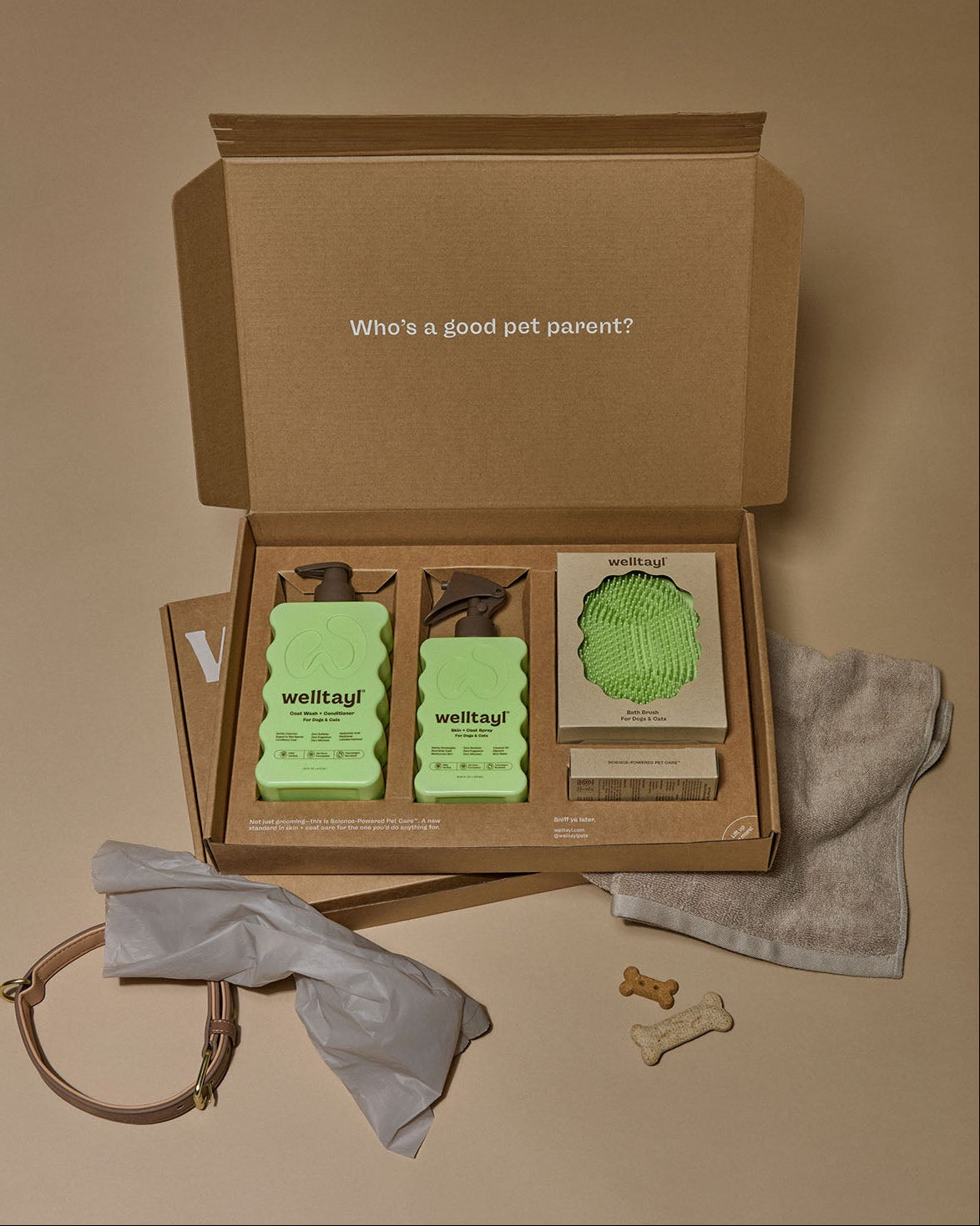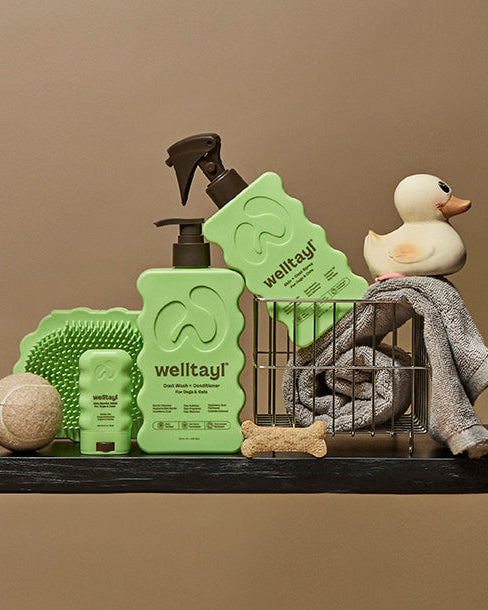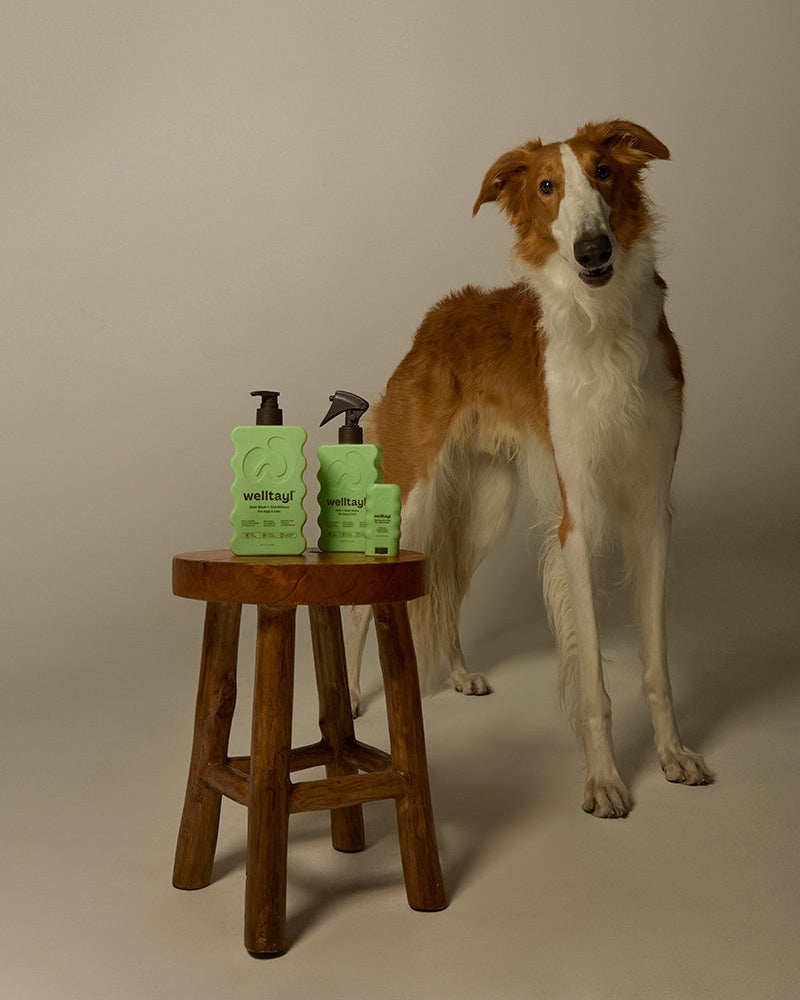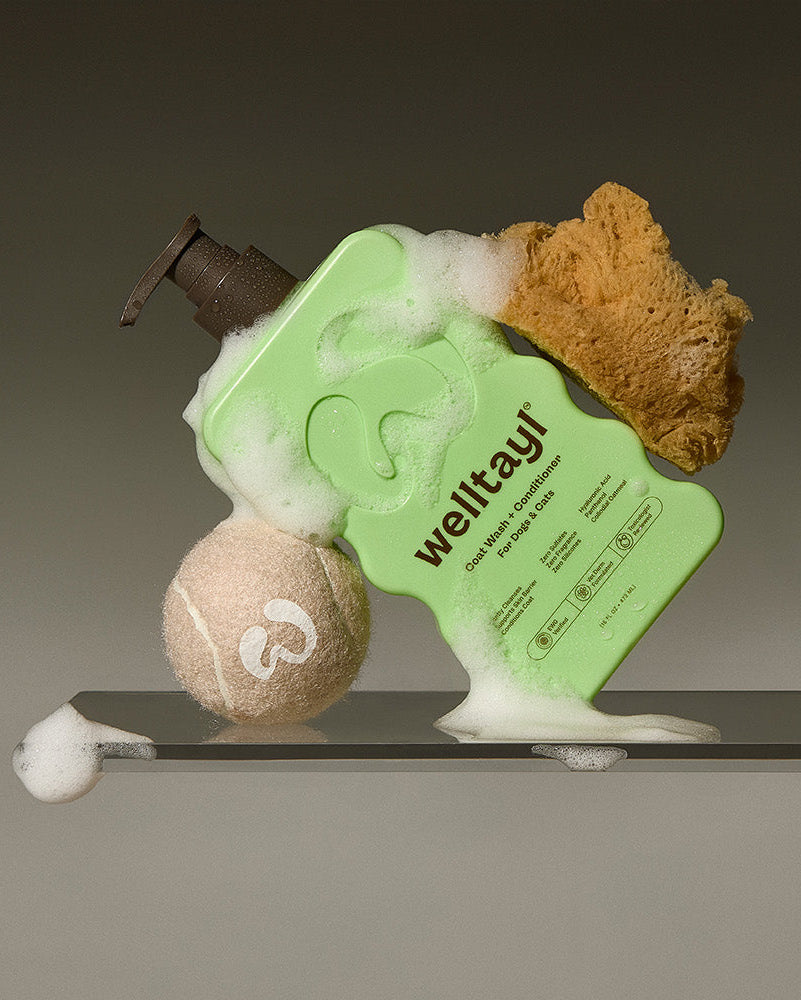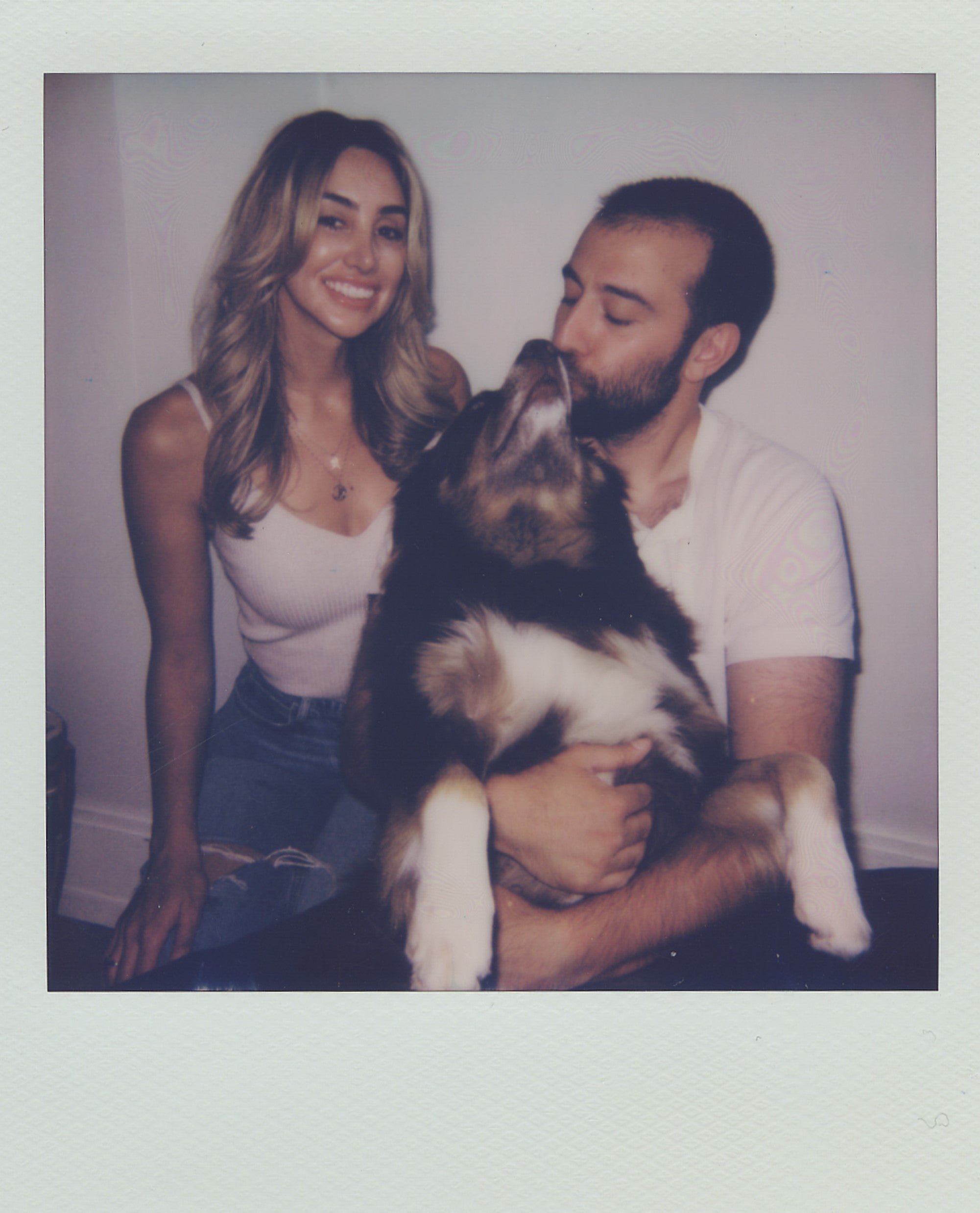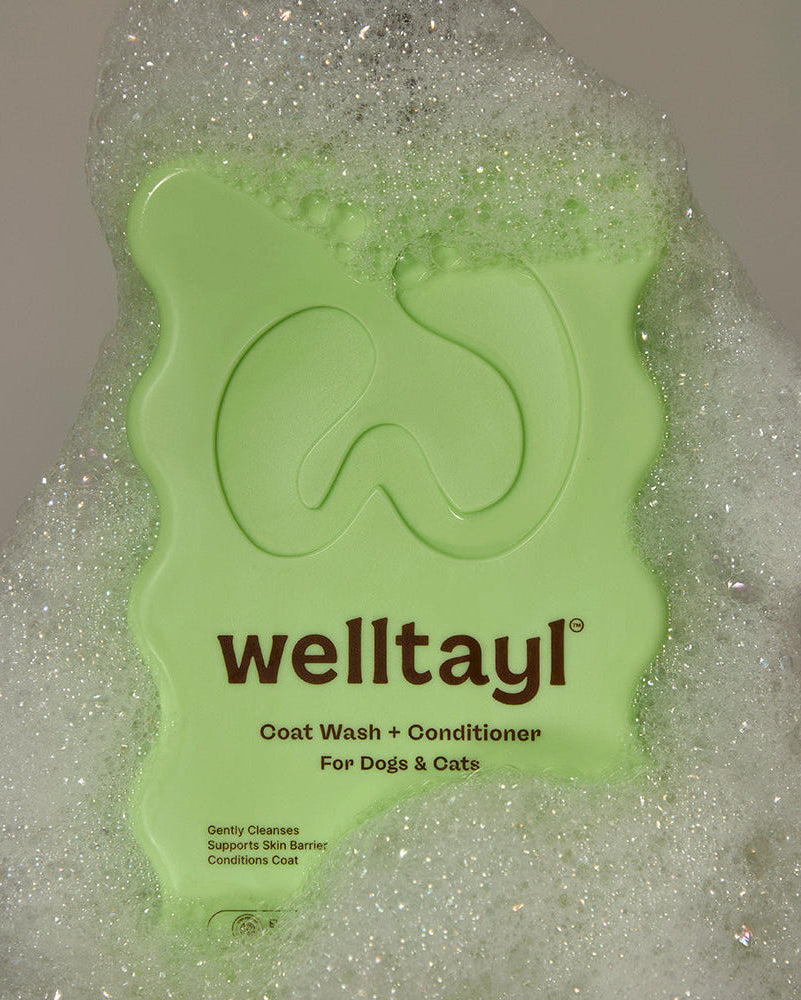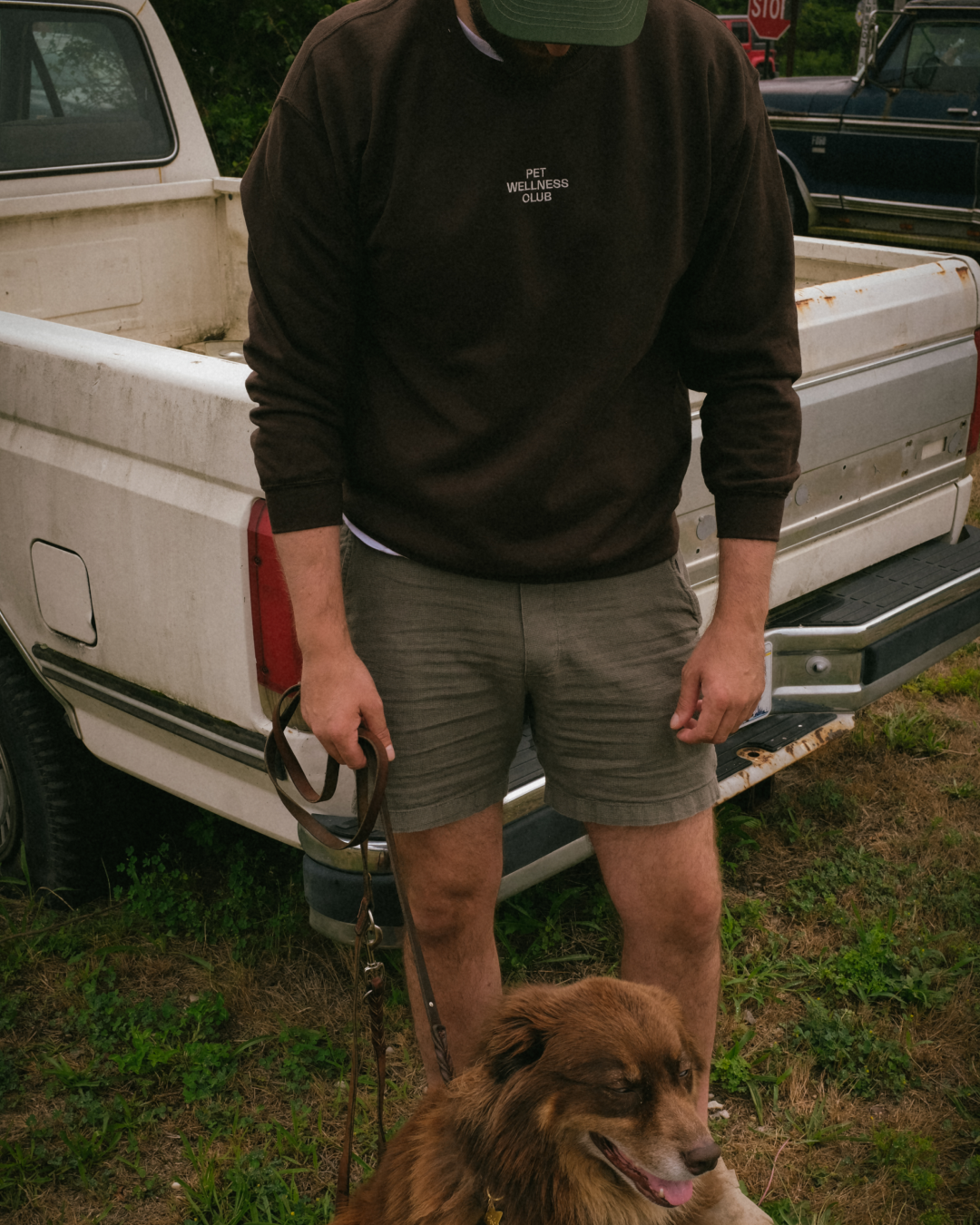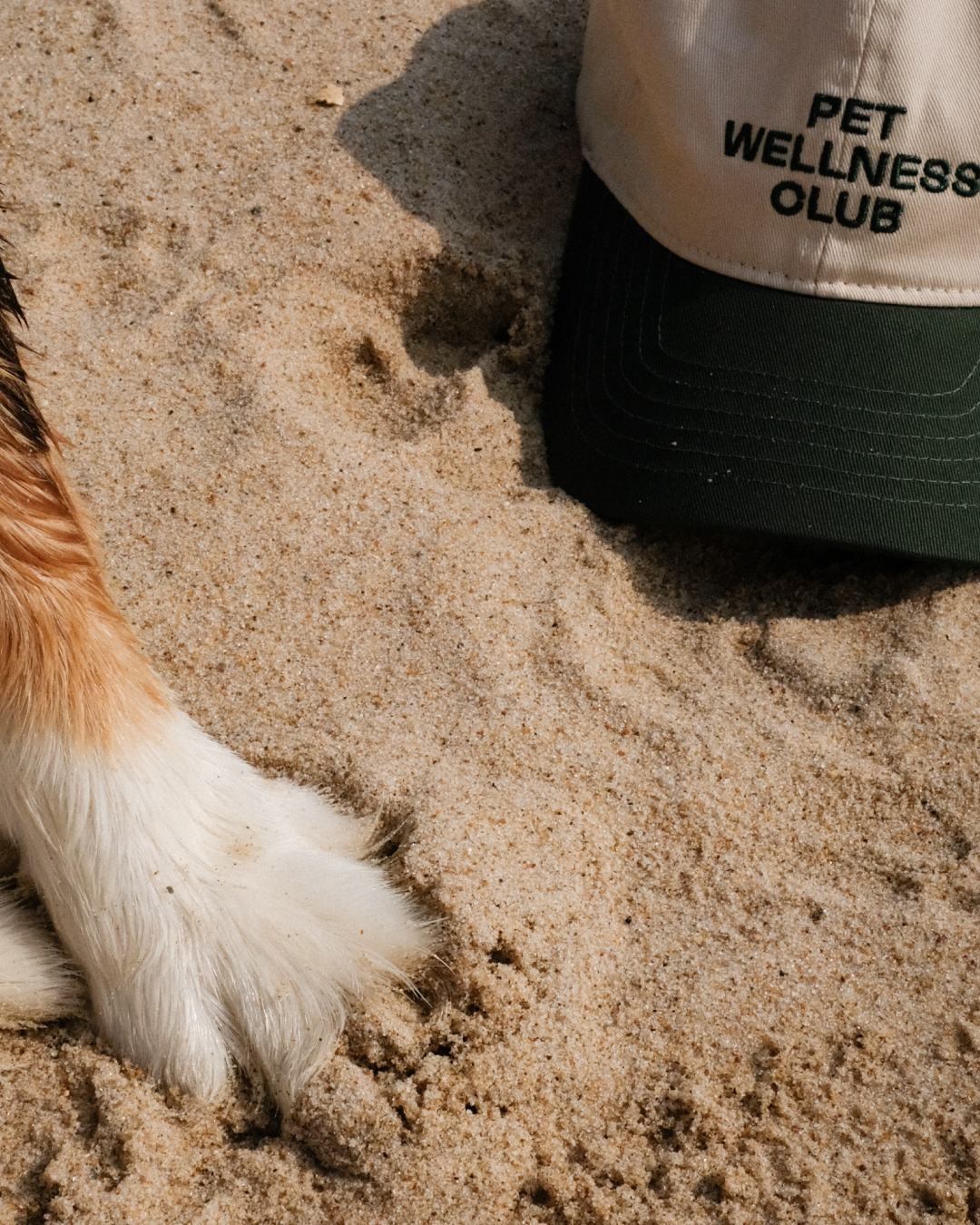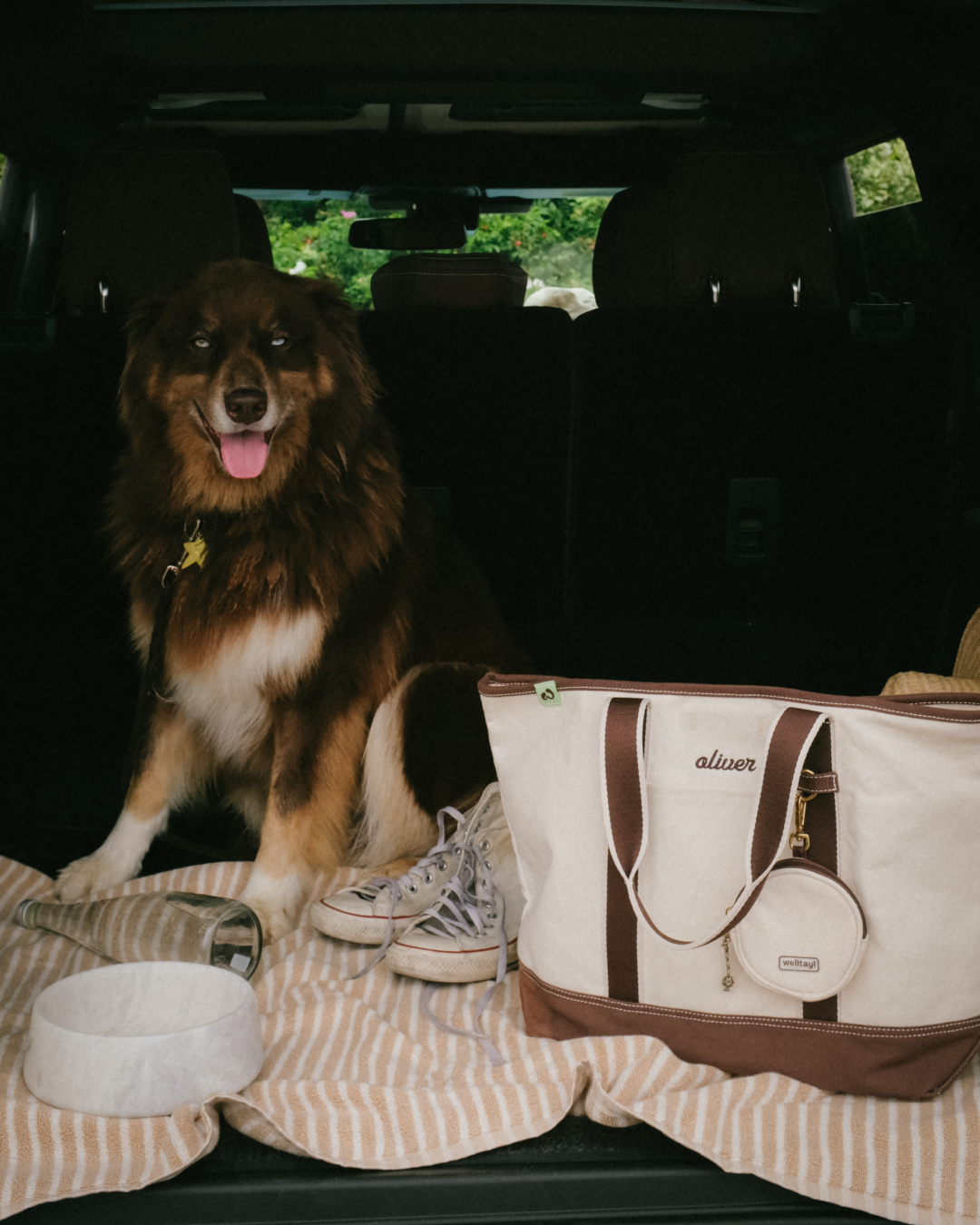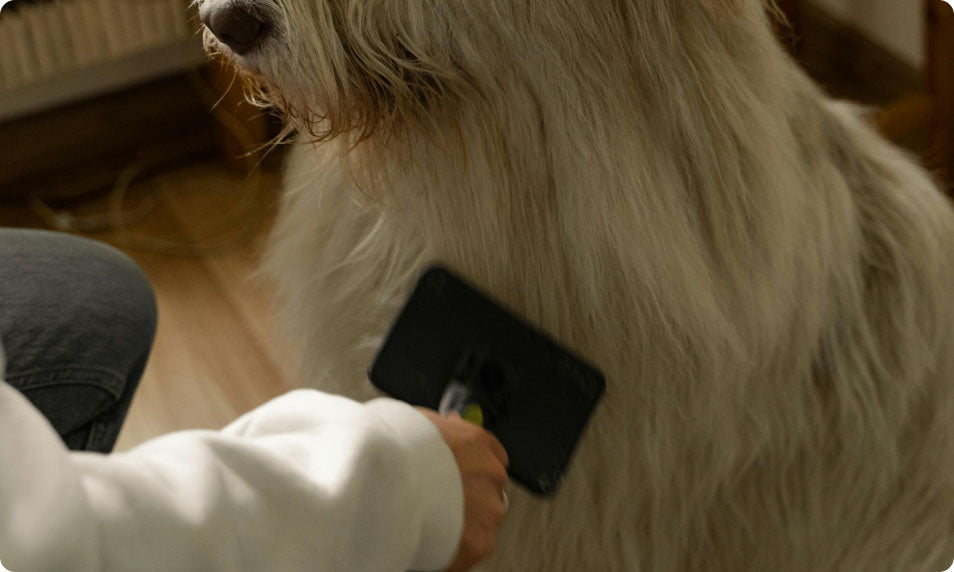Choosing the right dog brush might seem simple, but it's actually a key part of keeping your pet happy and healthy. Just like you have different tools for different tasks—dogs need specific types of brushes based on their coat. Whether your dog has short, sleek fur or long, flowing locks, picking the right brush can make all the difference.
Brushing your dog does more than just make them look good. It also helps remove dirt and loose fur, and it spreads their natural skin oils throughout their coat, keeping it strong and shiny. Plus, it's a great way for you to bond with your pet. Let's dive into the world of dog brushes and discover which one might be the best fit for your canine companion.
Table of Contents:
- Key Takeaways
- 6 Types of Dog Brushes
- Choosing the Right Dog Brush
- Maintenance of Dog Brushes
- Conclusion
- Frequently Asked Questions About Dog Brushes
Key Takeaways
- 🐶 Choose the right brush type: Select a brush based on your dog’s coat type to enhance grooming effectiveness and comfort. Slicker brushes are ideal for detangling. Bristle brushes are best for sleek coats, and rubber brushes are useful for massaging and removing loose hair.
- ✨ Regular grooming benefits: Brushing improves the appearance of the coat and helps remove dirt, spread natural oils, and prevent matting. It supports a healthy, shiny coat and provides a bonding experience between you and your dog.
- 🛠️ Consider brush features: Opt for brushes with ergonomic grips to reduce hand fatigue. Consider self-cleaning features for convenience, especially in brushes that tend to collect a lot of fur.
- 📅 Brushing frequency matters: Adjust the frequency of grooming sessions according to your dog’s coat type. Long-haired breeds may require daily brushing, whereas short-haired breeds often require less frequent brushing sessions.
- 🔄Maintain and replace brushes regularly: Keep grooming tools clean and in good condition. Replace brushes if bristles or handles are damaged to ensure safety and efficiency during grooming sessions.
- 🍂Seasonal considerations: Use undercoat rakes and deshedding tools for breeds with dense undercoats during shedding season to manage loose fur and maintain coat health.
6 Types of Dog Brushes
Understanding the types of dog brushes available is crucial for keeping your pet’s coat in top condition. Each type of brush serves a specific purpose and works best for different kinds of coats. Here’s an overview of the most commonly used dog brushes.

1. Slicker Brushes
Slicker brushes are characterized by their fine, short wires adhered close together on a flat base. These brushes are excellent for removing mats and tangles. If your dog has a medium to long coat, or a curly coat prone to knotting, a slicker brush can be very beneficial. Regular use helps to smooth out the fur and prevent mats from becoming tighter and more uncomfortable.

2. Bristle Brushes
Bristle brushes are suitable for dogs with short or wiry coats. The bristles are closely packed and help to remove loose hair and dirt while stimulating the skin to produce natural oils that promote a healthy, shiny coat. For breeds like Beagles or Boxers, a bristle brush offers the perfect grooming solution to enhance their naturally sleek fur.

3. Pin Brushes
Pin brushes look similar to the brushes commonly used by humans. They feature flexible, widely spaced pins with protective balls at the end to prevent skin irritation. Pin brushes are effective for dogs with long, silky coats or those with fine hair. They gently detangle hair without pulling, making the grooming session more enjoyable for your pet.

4. Undercoat Rakes
Undercoat rakes are designed to penetrate thick coats and remove loose undercoat hair without damaging the top coat. They typically have longer, widely spaced dull teeth. Breeds such as Huskies and German Shepherds with dense undercoats benefit greatly from regular grooming with an undercoat rake, especially during shedding season.

5. Rubber Brushes
Rubber brushes, or curry combs, like Welltay's Bath Brush, are made from soft rubber and are particularly effective during bath time to help lather shampoos and massage your dog’s skin. They work well for short-haired breeds and also remove dead skin and loose fur effortlessly. Using a rubber brush helps distribute oils throughout the coat, promoting a beautiful shine.

6. Deshedding Tools
Deshedding tools target the loose hairs in the undercoat that typical brushes can't reach. They are invaluable during the peak shedding seasons for breeds that shed heavily. These tools have a specialized design that allows them to grab and remove the undercoat fur without cutting the skin or damaging the top coat.
Choosing the Right Dog Brush
Factors to Consider
When selecting the perfect brush for your dog, keep several key factors in mind. First, consider the brush type that is suitable for your dog's coat. As mentioned above, different brushes are designed for different types of coats.
Next, assess the size of the brush. It's important to choose a brush that matches the size of your dog for efficiency and comfort—using a small brush on a large dog can be time-consuming and ineffective. Additionally, consider features like an ergonomic grip, which can reduce owner fatigue during long grooming sessions.A self-cleaning mechanism is especially useful in slicker brushes, to easily remove hair.
Brushing Frequency According to Coat Type
Your dog’s coat type not only determines the kind of brush to use, but also influences how often you should brush. For breeds with long fur, such as Golden Retrievers or Yorkshire Terriers, daily brushing helps prevent tangles and mats. Medium-coated dogs like Beagles might require weekly brushing to stay clean and shed-free, whereas short-coated breeds such as Bulldogs may only need a brushing every other week to remove loose hair and distribute skin oils.
Rubber brushes, ideal for short-coated dogs, can be used more frequently, even during baths, to help massage shampoos into the coat and remove loose hair without causing discomfort.
For more expert advice tailored to your dog's specific needs, consider joining the Welltayl newsletter. You'll receive tips directly from grooming experts to help keep your dog looking and feeling great all year round. Your dog’s comfort and health are priorities, and staying informed is the best way to ensure that. Join now, and don't miss out on valuable guidance that could make a huge difference for your furry friend.
Maintenance of Dog Brushes
Cleaning Your Brushes
To keep your dog's grooming experience safe and enjoyable, maintaining clean brushes is essential. First, remove all hair from the brush after each use; a simple pull often does the trick. Next, soak the brush in a mixture of warm water and mild antibacterial soap for about 5 minutes to eliminate potential bacteria. Thoroughly rinse the brush under running water to remove any soap residue. Lastly, let the brush air dry on a clean cloth to ensure it's ready for the next grooming session.
When to Replace Brushes
Keeping an eye on the condition of your dog brushes ensures that they perform well. It's time to replace a brush if the bristles start to bend, break, or fall out, as these issues can lead to discomfort or inefficient grooming. Additionally, if the handle shows cracks or the cushion pad becomes too compressed, replacement is overdue.Maintenance and monitoring of brush quality ensures optimal comfort and effectiveness during grooming.
Conclusion
Choosing the right dog brush is crucial for your pet's health and happiness. You've learned about different brushes designed for specific coat types and the importance of regular maintenance to keep these tools in top condition. Remember to clean your brushes with the recommended methods and be mindful of when it's time to replace them. With this knowledge, you're well-equipped to enhance your grooming routine guaranteeing your pet looks and feels their best.
Frequently Asked Questions About Dog Brushes
How do I know what brush to get my dog?
The best dog brush depends on your dog's coat type:
- Short coats: slicker brush and rubber curry brush
- Medium coats: slicker brush and pin brush
- Long coats: pin brush and undercoat rake
- Double coats: deshedding tool, undercoat rake and slicker brush
What do groomers use to brush dogs?
Professional dog groomers use a variety of brushes:
- Slicker brushes for removing mats and loose hair
- Pin brushes for detangling and finishing longer coats
- Undercoat rakes for de-shedding double-coated breeds
- Deshedding tools like the Furminator for heavy shedders
What is the difference between a slicker brush and deshedding brush?
A slicker brush has short, angled wires to remove loose topcoat hair and mats. A deshedding brush has a stripping blade to remove loose undercoat fur from heavy shedders and double-coated breeds.
How often should I brush my dog?
The frequency of brushing depends on your dog's coat type. Short-coated breeds may only need brushing every 1-2 weeks, while dogs with longer or thicker fur might require daily grooming to prevent mats and tangles.
What are the benefits of ergonomic grips on dog brushes?
Ergonomic grips on dog brushes provide comfort and better control for the person grooming. This minimizes hand and wrist strain, especially during longer grooming sessions, making the process more enjoyable and effective.
What is the difference between a slicker and a pin brush?
A slicker brush has short, fine wire bristles angled for removing loose hair and mats. A pin brush has longer, widely-spaced bristles ideal for brushing out knots and distributing oils in longer coats.
Resources:
- “Impact of grooming on overall health," PubMed
Read more
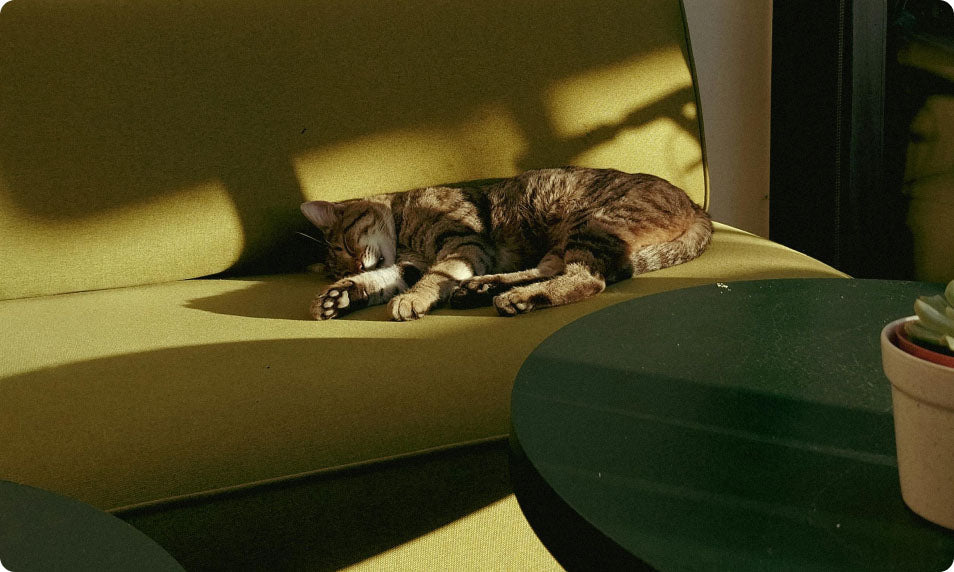
Discover how to protect your cat from harmful UV rays. Learn the signs of sunburn, safe sunscreens, and prevention tips to keep your feline safe. Read more!
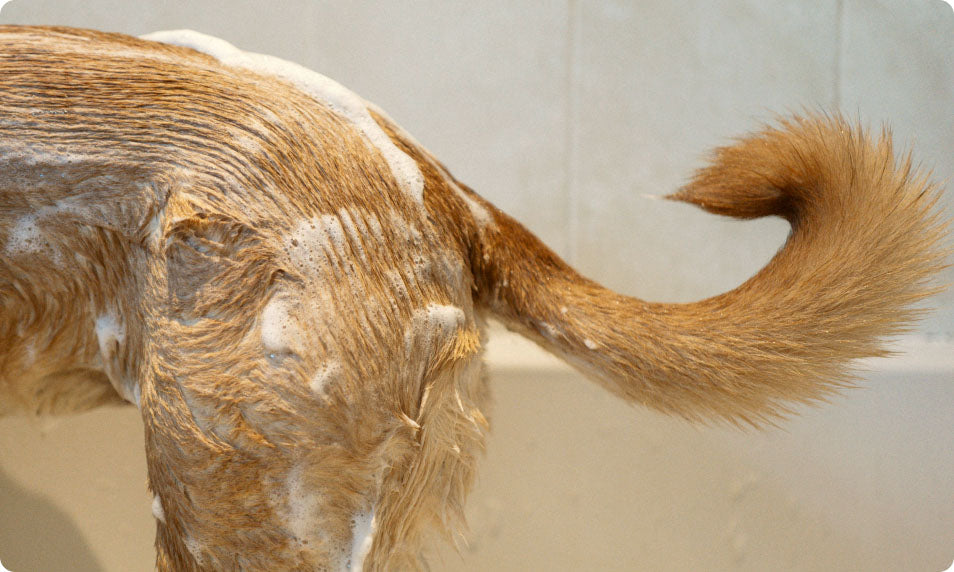
Discover the best dog shampoo that will leave your pet's coat clean, shiny, and smelling fresh. Learn about the different types of dog shampoos and their benefits.

